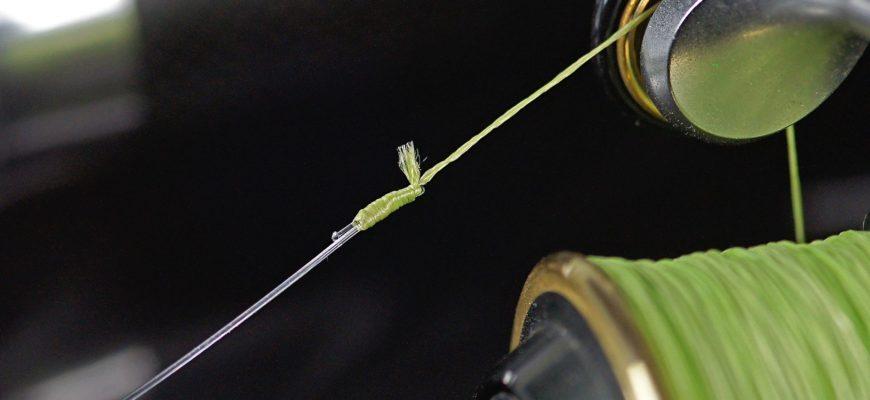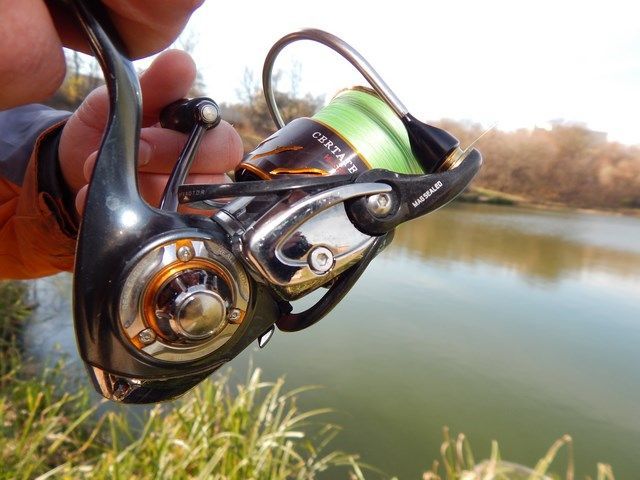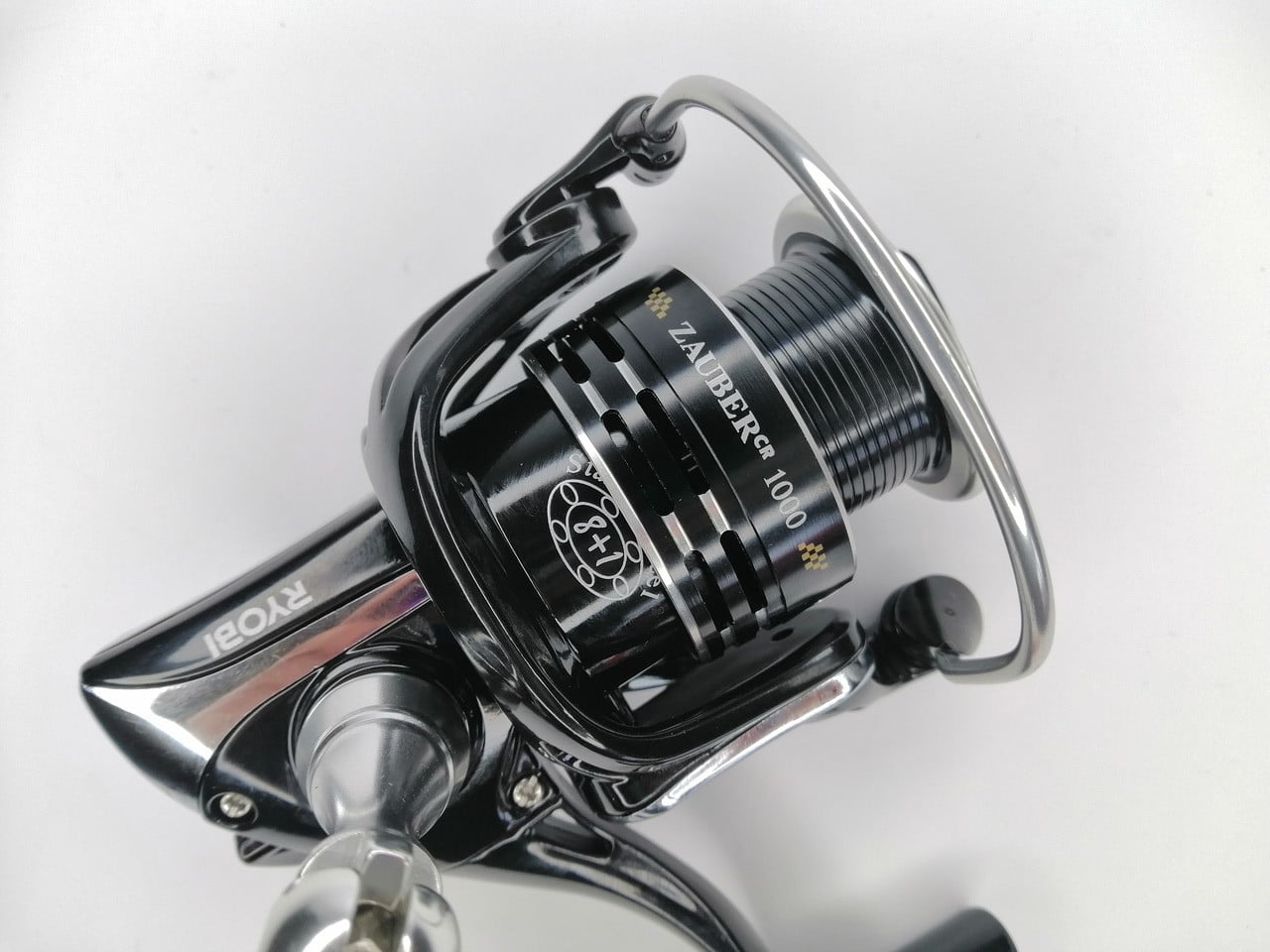Tying braid and line has long been an incredible controversy among most anglers. Some believe that it is better to do this using a complex knot such as ”
carrot ” or ”
albright “, while others adhere to the use of a swivel when connecting two threads of different materials. Both methods take place and have different effectiveness in terms of strength, but nevertheless, the most popular type of connection of monofilament and cord is their tying in various knots. It is about him that will be discussed further.
- General tips for tying line and braid – what you need to know and what knots to use for monofilament and cord
- How to tie fishing line and braid – technique and photos of fishing knots
- When fishing line and braid of approximately equal diameter are tied – tips and knots for a bloody knot
- When you need to tie a line and braid of different diameters
- How to tie a fishing line or braid with a hook
- When to attach the line perpendicular to the line
- Tips for tying line to braid
- Поделиться ссылкой:
General tips for tying line and braid – what you need to know and what knots to use for monofilament and cord
In most cases, anglers try to use the same material as the main thread and leash, but very often situations arise in which this is impossible or impractical. For example, thinner and more inconspicuous
fluorocarbon leashes will be very effective and practical against the background of a thick cord base. By itself, the leash should adhere firmly to the main thread, and the load that occurs when playing the fish is imposed both on it and on the main thread. How to attach a line from a fishing line to a braid: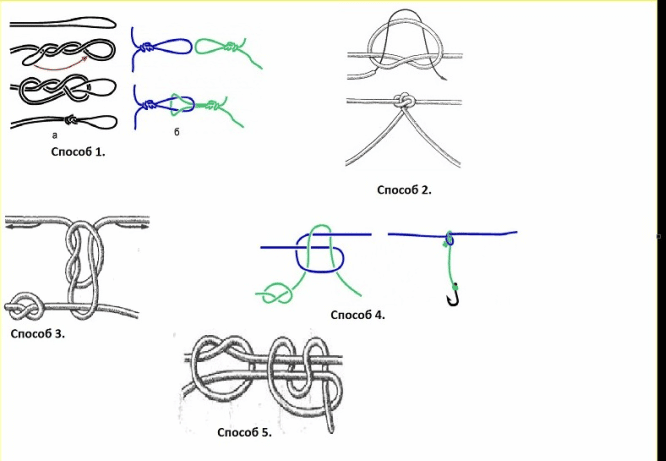


Moreover, it is important to take this into account when tying complex types of knots, on which more time and effort is spent.
Super Knot for Cord and Line Tying: https://youtu.be/Mt9_uVsOtgk
How to tie fishing line and braid – technique and photos of fishing knots
Tying a line with a braid is an important process of creating fishing tackle, especially spinning tackle, which needs to be approached very thoroughly. By itself, the line can fray the braid, which will damage the connection and reduce the strength of the tackle as much as possible. To avoid this, it is necessary to choose the correct size of the braid and mono / fluorocarbon, as well as to tie the knot correctly, without rushing. Since the braided thread has a large breaking degree, strength, then it can be used of a thinner size, while the fishing line should also not exceed the braid size by 0.5 mm in diameter. Most often, braid is used as the main thread, because it differs in strength at a smaller size. And already a fishing line is used as a leash. It is cheaper and less noticeablewhich is directly a huge plus. So, let’s look at the binding situations, as well as the nodes that fit them. How to tie a braid with a fishing line – video instruction on creating a knot for splicing a fishing line and a cord from the world champion: https://youtu.be/AiI-nsc1O7k
When fishing line and braid of approximately equal diameter are tied – tips and knots for a bloody knot
When the line and braid are of equal diameter, it is quite easy to find the right knot. Many anglers use the bloody knot in this case. Due to the fact that the diameter of the threads is equal, the bloody knot is ideal, because the load with such a connection will be evenly distributed on both parts of the fastened. Despite the high strength of the braid, the line will not break when playing fish. In addition, the line has more deformation and inertness than it makes up for its lack of strength. This applies to both fluorocarbon and monophile, but the former is more invisible and is used more often by spinners. So, now directly about the node itself. The final appearance of the bloody knot is somewhat similar to the “carrot” knot, but a completely different technique is used when creating it. In this case, both ends of the line are connected,creating a double gap of about 10 cm, and then each of them rounds the end of the opposite one several times, and the result is the skipping of the remainder of both ends of the thread into the gap formed in the middle. The node and its execution looks like this:
When you need to tie a line and braid of different diameters
When tying threads of different diameters, some difficulties usually arise. In particular, this is due to the need to select such a unit, during the operation of which the chance of rupture will be minimal, and the load is distributed to both parts of the rig. Also, at the same time, its evenness and safety of the braid when tying are welcomed, because both thin line and thick one can cause damage to the braid when tightening. A suitable knot is a carrot. It is as compact as the bloody knot, but is beloved by anglers who use thin line leads or a shock leader with basic braid. Carrots are very durable and easy to perform, unlike many other complex knots. It looks like this and the scheme of its creation: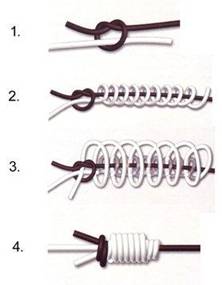
How to tie a fishing line or braid with a hook
If tying a fishing line to a hook is understandable to many, then tying a hook to a braid leaves many questions. Many hooks have a slot in the head for tying the hook, so this should be the starting point. In this case, when tying a hook with an eyelet and braids, the Clinch knot is very useful. This is a fairly versatile knot used when tying monofilament, fluorocarbon, and braid with hooks. It is very easy to tie, but at the same time it has great strength and does not actually fray when wetted. The layout of the node looks like this:
When to attach the line perpendicular to the line
Often, when it comes to attaching a line to the main hook with a piece of the second line perpendicularly, it means attaching a leash or additional rig. In this case, you should choose the right knot so that part of the leash cannot rub the main line. In this case, a loop and knot connection at the end of the leash is perfect. To do this, tie a knot at the end of the leash using a figure eight. Then we cross to the main cord. Forms a loop out of it with the help of a couple of turns there the end of the main line and then place the end of the leash in this loop. After that, the main thread is tightened. The diagram looks like this: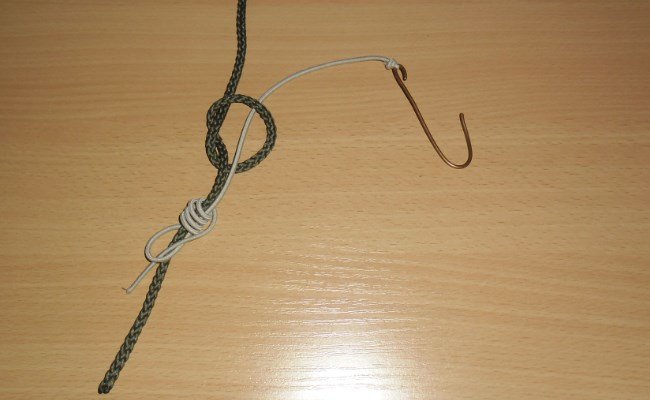
Tips for tying line to braid
- You should always do the binding according to the instructions, until the hand gets used to it by itself. After all, one wrong movement can ruin the knot, as a result of which it will either have to be knitted again, or the edge of the line that was intended for tying will be damaged.
- It is always necessary to wet the knot before tightening.
- It is necessary to try to choose threads that are approximately equal in diameter for tying, otherwise the tackle will not be so strong.
- It is recommended that when choosing the main thread, give the choice in favor of braided or fluorocarbon.
- Many of the knots that are used for tying hooks are also appropriate when tying a swivel, carabiner, leash.
